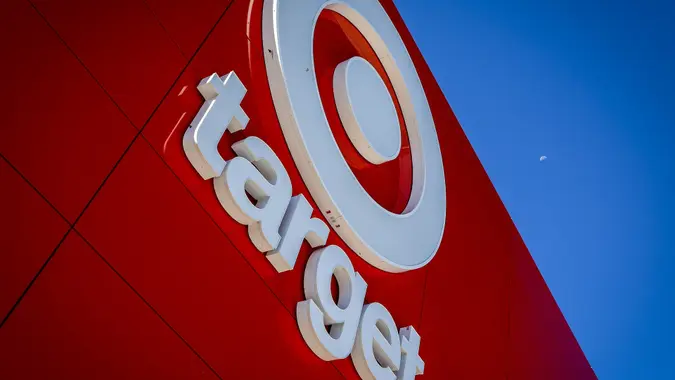Your Portion Sizes Are About To Shrink — Will It Still Be Worth the Money To Eat Out?

Commitment to Our Readers
GOBankingRates' editorial team is committed to bringing you unbiased reviews and information. We use data-driven methodologies to evaluate financial products and services - our reviews and ratings are not influenced by advertisers. You can read more about our editorial guidelines and our products and services review methodology.

20 Years
Helping You Live Richer

Reviewed
by Experts

Trusted by
Millions of Readers
A recent New York Times article shares how inflation has impacted the restaurant industry, with portion sizes decreasing as prices rise.
It’s no secret that the American diet is known for its large portion sizes. However, the negative side effect of this is that America has a significant food waste problem. According to the Environmental Protection Agency (EPA), consumers waste 30% to 40% of the food supply in the U.S.
These environmental concerns, combined with rising food costs, have contributed to restaurants downsizing food portions — is it still worth it to dine out?
Menu Changes and Price Comparisons
The Times article gave several examples of restaurants that have already made menu changes. For example, Burger King now has an eight-piece chicken nugget order compared to a ten-piece one. Subway now offers a snack-focused menu. These menu items cater to consumers who still want food on the go but don’t want to pay high prices for it.
Some fast-food restaurants have raised their prices more than double, though. The New York Post, citing data from Finance Buzz, reported that McDonald’s prices have skyrocketed in the past ten years. The article said a McDouble sandwich was $1.19 in 2014, but now it has tripled in price to $3.19. Similarly, a medium McDonald’s fries is now $3.79 compared to $1.59 in 2014.
This illustrates that while people expect prices to increase over time due to regular inflation, some fast-food chains have expanded far beyond what consumers see as a typical price increase. For many consumers, the rapid price increase isn’t worth it and has many people opting to eat at home despite the convenience of going out to eat.
Is Eating Out Still Worth It?
U.S. Foods completed a second annual study on American dining habits. The study found that 55% of people prefer restaurants over takeout. Additionally, consumers are spending more money dining at restaurants. In 2024, consumers spent $191 monthly on eating out, whereas that number was just $166 in 2023.
The study showed that casual dining is on the rise as well. It seems that for many people, eating out is still a popular form of recreation, but many prefer a more casual setting versus a fine dining restaurant. The study showed that atmosphere is important to people as well as the opportunity to socialize with others.
If eating out is a priority, consumers should budget restaurants into their monthly spending so they can enjoy eating out guilt-free. However, it’s also a good idea to track the costs of restaurant food over time, especially if consumers frequent the same establishment regularly.
For others, if eating out has gotten too expensive, know that it’s still a great, affordable option to invite friends over to your house and enjoy a meal or potluck at home too.
 Written by
Written by  Edited by
Edited by 
























